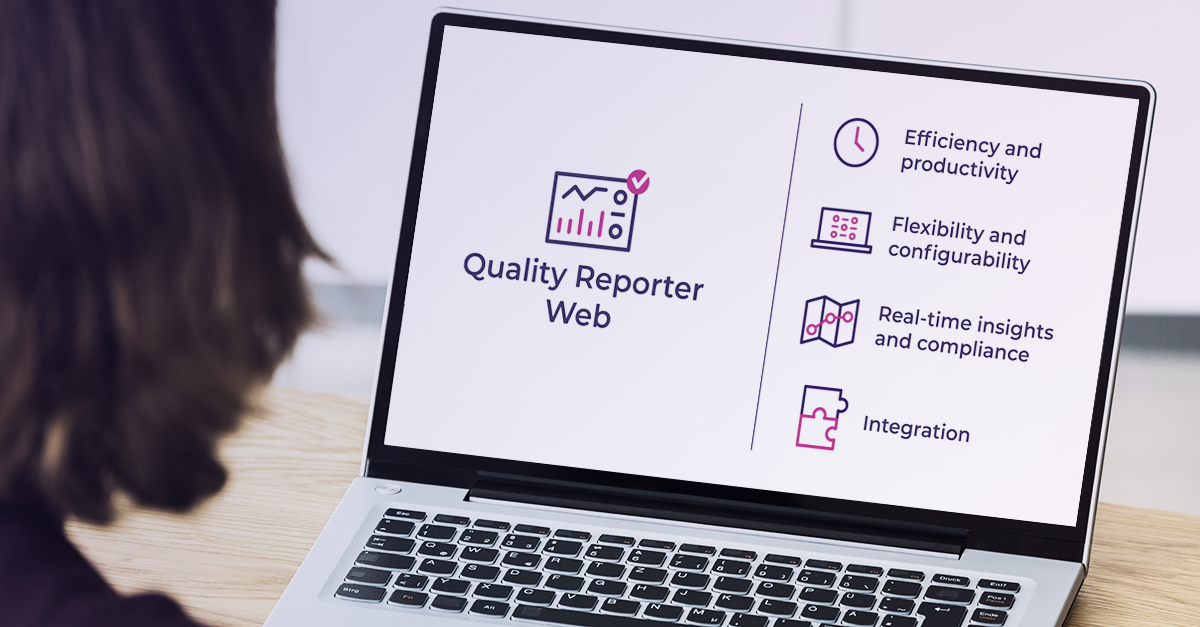The Centers for Medicare & Medicaid Services (CMS) recently released the health plan-specific 2019 benefit year risk adjustment transfer payments. As part of the Affordable Care Act (ACA), these payments move money from health plans that serve healthier populations to those with sicker members. Based on last year’s results, these transfers total $10.8 billion ($5.4 billion in payments and $5.4 billion in charges), or approximately $400 million more than the 2018 benefit year. Here, we break down the data, examine what’s changed from year to year, and offer Cotiviti’s takeaways for commercial plans looking for better results for the next payment year.

10 tips for a seamless commercial risk adjustment program
Get the checklist
What changed from 2018 to 2019?
A total of 561 issuers participated in the risk adjustment program for the 2019 benefit year, down from 572 in 2018. In its 2019 Risk Adjustment Summary Report, CMS concluded that “the risk adjustment program is working as intended by more evenly spreading the financial risk carried by issuers that enrolled higher-risk individuals in a particular state market risk pool, thereby protecting issuers against adverse selection and supporting them in offering products that serve all types of consumers.”
CMS also offered the following takeaways:
- Overall risk scores increased by approximately 2.5 percent in the individual non-catastrophic risk pool and approximately 0.6 percent in the small group risk pool compared to the 2018 benefit year.
- The absolute value of risk adjustment state transfers increased from 9.1 percent of premiums to 9.7 percent of premiums in the individual non-catastrophic risk pool, and from 3.9 percent of premiums to 4.1 percent of premiums in the small group risk pool.
- The dollar amount of paid claims remained strongly correlated with risk adjustment state payments and charges; health plans with relatively high paid claim amounts were more likely to receive risk adjustment payments while those with relatively low paid claim amounts were more likely to be assessed charges.
- The gap between interim and final risk scores remained stable between the 2018 and 2019 benefit years.
HHS-Risk Adjustment Data Validation (HRADV)
CMS released an additional report on August 18 breaking down risk adjustment data validation adjustments to risk adjustment payment transfers. HRADV was created to ensure the integrity of risk adjustment programs operated by the Department of Health and Human Services (HHS), as well as to validate the accuracy of data submitted by issuers used for transfer calculations.
Following HRADV, 59 of the 146 state market risk pools, or 40 percent, had their risk transfers adjusted in the 2019 benefit year. This is the exact number of risk pools that were adjusted for the 2018 benefit year based on HHS-RADV performed for the 2017 benefit year. Charges or reimbursements incurred from HRADV are being collected or paid in calendar year 2022.
Key takeaways for commercial health plans
Digesting continually updated commercial risk adjustment regulations is challenging for any health plan, so keep these specific areas in mind as you work to submit your data for the 2020 benefit year.
| Topic | Key takeaways |
|---|---|
| Telehealth | During the COVID-19 pandemic, HHS has made special considerations specifically for ACA plans concerning telehealth requirements. As noted in a recently updated CMS FAQ document, “Recognizing the continuing increased need for providing telephone and virtual services during the COVID-19 public health emergency, HHS has given additional consideration to the treatment of telephone-only services in the HHS-operated risk adjustment program and is announcing additional codes that will be valid for 2020 benefit year data submissions for the HHS-operated risk adjustment program. HHS will designate diagnosis codes from telephone only service CPT codes (98966–98968, 99441–99443) as valid for risk adjustment diagnosis filtering purposes in risk adjustment data submissions for the 2020 benefit year, subject to applicable state law requirements.” |
| Member engagement | Engaging members is key to closing care gaps for the 2020 benefit year. With the new leniency on telehealth requirements, commercial plans should look to telehealth as an alternative method to keep members engaged in their wellness plan. Having qualified nurse practitioners and physician assistants to reach members in their homes or through telemedicine software is critical to substantiate and round-out risk adjustment efforts, particularly during a pandemic. Working with a vendor to provide these services can help alleviate some of the burden and administrative cost on the health plan. |
| Premium credits | Also in light of the pandemic, CMS is providing health plans with multiple flexibilities around Advanced Premium Tax Credits (APTC). HHS is requesting issuers to submit actual premiums reflecting any temporary premium credits to their EDGE server data for the 2020 benefit year. Issuers must create a new enrollment period for the subscribers who are receiving APTCs when submitting their enrollment data to EDGE. This new allowance could increase the likelihood of enrollment errors returned from the server and/or increase orphan claims count if not submitted correct. Health plans should track these measures closely in the upcoming baseline submission. HHS will calculate the state average premiums using the actual premium billed, taking into account any temporary premium credits provided as a reduction in premium for the applicable months for the 2020 benefit year. |
| Risk score accuracy | While big dollars are eye-catching, comparing your organization’s results to the other issuers in your particular markets on a per-member per-month basis offers a more accurate assessment of how you are performing. Remember that the high transfer numbers are a result of several factors, not the least of which is issuers’ excellence in performing underlying data submittal and risk adjustment enhancement activities. Rigorous HCC analytics and medical record coding can improve risk score accuracy, and even small changes in risk scores can have a large impact on the formula and associated transfer amount. Plans that invest more effort see better results. |
| Risk adjustment data validation | HRADV audits will continue to require extensive preparation. To better prepare, plans should continue to have a proactive approach to validating their data and its sources. Many plans have debated conducting an internal audit or mock RADV since it is labor intensive, incurs additional administrative cost, and does not guarantee that the validated diagnoses will be the same ones chosen in an HRADV. While this may be true, it still helps identify risks and possible education opportunities and could minimize any potential risk to a health plan’s future financial stability. |
| Submissions | To be accurately paid under the latest payment formula, plans need to accurately submit as close as possible to 100 percent of their claims. The 90 percent threshold set by CMS is a minimum target, and every issuer should benchmark to reach a higher level, especially year over year. For the 2019 benefit year, HHS extended the final submission deadline by two weeks. For the 2020 Benefit Year, HHS is not currently expected to extend the deadline and issuers should plan accordingly. |
The core of a successful risk adjustment program is fully understanding your members as well as the various data exchanges that take place along the risk adjustment continuum. Implementing best practices is paramount to optimizing risk adjustment revenues while maintaining compliance. Download our checklist for our suggested tactics, modified to reflect new deadlines and other considerations in light of the COVID-19 pandemic.





